HSBC 2015 Annual Report Download - page 350
Download and view the complete annual report
Please find page 350 of the 2015 HSBC annual report below. You can navigate through the pages in the report by either clicking on the pages listed below, or by using the keyword search tool below to find specific information within the annual report.-
 1
1 -
 2
2 -
 3
3 -
 4
4 -
 5
5 -
 6
6 -
 7
7 -
 8
8 -
 9
9 -
 10
10 -
 11
11 -
 12
12 -
 13
13 -
 14
14 -
 15
15 -
 16
16 -
 17
17 -
 18
18 -
 19
19 -
 20
20 -
 21
21 -
 22
22 -
 23
23 -
 24
24 -
 25
25 -
 26
26 -
 27
27 -
 28
28 -
 29
29 -
 30
30 -
 31
31 -
 32
32 -
 33
33 -
 34
34 -
 35
35 -
 36
36 -
 37
37 -
 38
38 -
 39
39 -
 40
40 -
 41
41 -
 42
42 -
 43
43 -
 44
44 -
 45
45 -
 46
46 -
 47
47 -
 48
48 -
 49
49 -
 50
50 -
 51
51 -
 52
52 -
 53
53 -
 54
54 -
 55
55 -
 56
56 -
 57
57 -
 58
58 -
 59
59 -
 60
60 -
 61
61 -
 62
62 -
 63
63 -
 64
64 -
 65
65 -
 66
66 -
 67
67 -
 68
68 -
 69
69 -
 70
70 -
 71
71 -
 72
72 -
 73
73 -
 74
74 -
 75
75 -
 76
76 -
 77
77 -
 78
78 -
 79
79 -
 80
80 -
 81
81 -
 82
82 -
 83
83 -
 84
84 -
 85
85 -
 86
86 -
 87
87 -
 88
88 -
 89
89 -
 90
90 -
 91
91 -
 92
92 -
 93
93 -
 94
94 -
 95
95 -
 96
96 -
 97
97 -
 98
98 -
 99
99 -
 100
100 -
 101
101 -
 102
102 -
 103
103 -
 104
104 -
 105
105 -
 106
106 -
 107
107 -
 108
108 -
 109
109 -
 110
110 -
 111
111 -
 112
112 -
 113
113 -
 114
114 -
 115
115 -
 116
116 -
 117
117 -
 118
118 -
 119
119 -
 120
120 -
 121
121 -
 122
122 -
 123
123 -
 124
124 -
 125
125 -
 126
126 -
 127
127 -
 128
128 -
 129
129 -
 130
130 -
 131
131 -
 132
132 -
 133
133 -
 134
134 -
 135
135 -
 136
136 -
 137
137 -
 138
138 -
 139
139 -
 140
140 -
 141
141 -
 142
142 -
 143
143 -
 144
144 -
 145
145 -
 146
146 -
 147
147 -
 148
148 -
 149
149 -
 150
150 -
 151
151 -
 152
152 -
 153
153 -
 154
154 -
 155
155 -
 156
156 -
 157
157 -
 158
158 -
 159
159 -
 160
160 -
 161
161 -
 162
162 -
 163
163 -
 164
164 -
 165
165 -
 166
166 -
 167
167 -
 168
168 -
 169
169 -
 170
170 -
 171
171 -
 172
172 -
 173
173 -
 174
174 -
 175
175 -
 176
176 -
 177
177 -
 178
178 -
 179
179 -
 180
180 -
 181
181 -
 182
182 -
 183
183 -
 184
184 -
 185
185 -
 186
186 -
 187
187 -
 188
188 -
 189
189 -
 190
190 -
 191
191 -
 192
192 -
 193
193 -
 194
194 -
 195
195 -
 196
196 -
 197
197 -
 198
198 -
 199
199 -
 200
200 -
 201
201 -
 202
202 -
 203
203 -
 204
204 -
 205
205 -
 206
206 -
 207
207 -
 208
208 -
 209
209 -
 210
210 -
 211
211 -
 212
212 -
 213
213 -
 214
214 -
 215
215 -
 216
216 -
 217
217 -
 218
218 -
 219
219 -
 220
220 -
 221
221 -
 222
222 -
 223
223 -
 224
224 -
 225
225 -
 226
226 -
 227
227 -
 228
228 -
 229
229 -
 230
230 -
 231
231 -
 232
232 -
 233
233 -
 234
234 -
 235
235 -
 236
236 -
 237
237 -
 238
238 -
 239
239 -
 240
240 -
 241
241 -
 242
242 -
 243
243 -
 244
244 -
 245
245 -
 246
246 -
 247
247 -
 248
248 -
 249
249 -
 250
250 -
 251
251 -
 252
252 -
 253
253 -
 254
254 -
 255
255 -
 256
256 -
 257
257 -
 258
258 -
 259
259 -
 260
260 -
 261
261 -
 262
262 -
 263
263 -
 264
264 -
 265
265 -
 266
266 -
 267
267 -
 268
268 -
 269
269 -
 270
270 -
 271
271 -
 272
272 -
 273
273 -
 274
274 -
 275
275 -
 276
276 -
 277
277 -
 278
278 -
 279
279 -
 280
280 -
 281
281 -
 282
282 -
 283
283 -
 284
284 -
 285
285 -
 286
286 -
 287
287 -
 288
288 -
 289
289 -
 290
290 -
 291
291 -
 292
292 -
 293
293 -
 294
294 -
 295
295 -
 296
296 -
 297
297 -
 298
298 -
 299
299 -
 300
300 -
 301
301 -
 302
302 -
 303
303 -
 304
304 -
 305
305 -
 306
306 -
 307
307 -
 308
308 -
 309
309 -
 310
310 -
 311
311 -
 312
312 -
 313
313 -
 314
314 -
 315
315 -
 316
316 -
 317
317 -
 318
318 -
 319
319 -
 320
320 -
 321
321 -
 322
322 -
 323
323 -
 324
324 -
 325
325 -
 326
326 -
 327
327 -
 328
328 -
 329
329 -
 330
330 -
 331
331 -
 332
332 -
 333
333 -
 334
334 -
 335
335 -
 336
336 -
 337
337 -
 338
338 -
 339
339 -
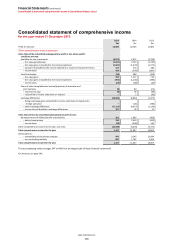 340
340 -
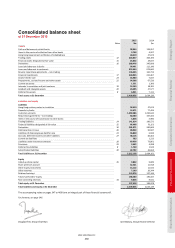 341
341 -
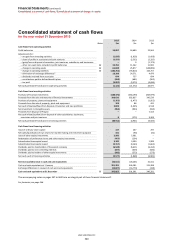 342
342 -
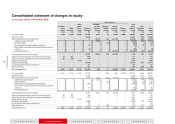 343
343 -
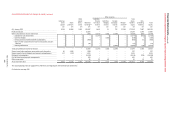 344
344 -
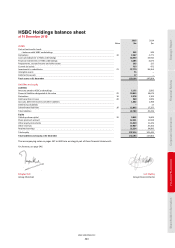 345
345 -
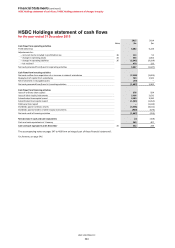 346
346 -
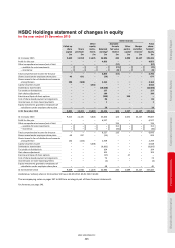 347
347 -
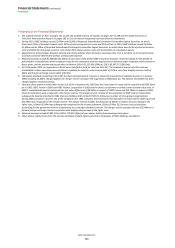 348
348 -
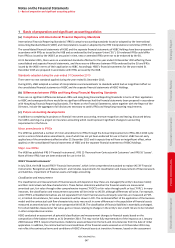 349
349 -
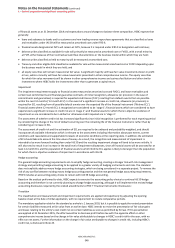 350
350 -
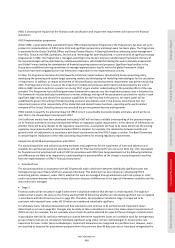 351
351 -
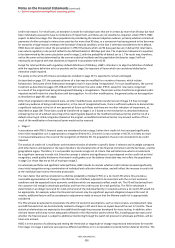 352
352 -
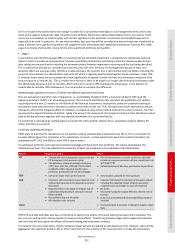 353
353 -
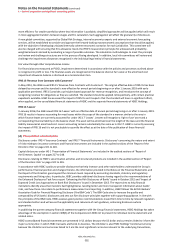 354
354 -
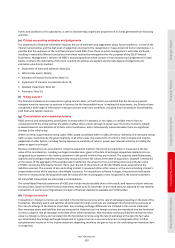 355
355 -
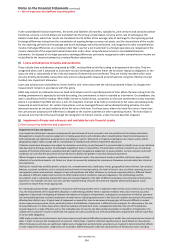 356
356 -
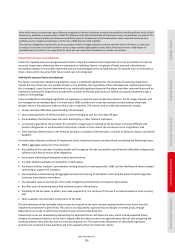 357
357 -
 358
358 -
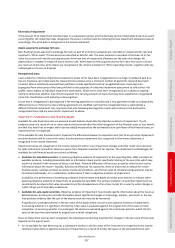 359
359 -
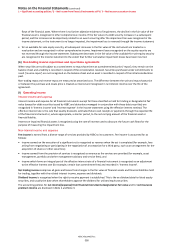 360
360 -
 361
361 -
 362
362 -
 363
363 -
 364
364 -
 365
365 -
 366
366 -
 367
367 -
 368
368 -
 369
369 -
 370
370 -
 371
371 -
 372
372 -
 373
373 -
 374
374 -
 375
375 -
 376
376 -
 377
377 -
 378
378 -
 379
379 -
 380
380 -
 381
381 -
 382
382 -
 383
383 -
 384
384 -
 385
385 -
 386
386 -
 387
387 -
 388
388 -
 389
389 -
 390
390 -
 391
391 -
 392
392 -
 393
393 -
 394
394 -
 395
395 -
 396
396 -
 397
397 -
 398
398 -
 399
399 -
 400
400 -
 401
401 -
 402
402 -
 403
403 -
 404
404 -
 405
405 -
 406
406 -
 407
407 -
 408
408 -
 409
409 -
 410
410 -
 411
411 -
 412
412 -
 413
413 -
 414
414 -
 415
415 -
 416
416 -
 417
417 -
 418
418 -
 419
419 -
 420
420 -
 421
421 -
 422
422 -
 423
423 -
 424
424 -
 425
425 -
 426
426 -
 427
427 -
 428
428 -
 429
429 -
 430
430 -
 431
431 -
 432
432 -
 433
433 -
 434
434 -
 435
435 -
 436
436 -
 437
437 -
 438
438 -
 439
439 -
 440
440 -
 441
441 -
 442
442 -
 443
443 -
 444
444 -
 445
445 -
 446
446 -
 447
447 -
 448
448 -
 449
449 -
 450
450 -
 451
451 -
 452
452 -
 453
453 -
 454
454 -
 455
455 -
 456
456 -
 457
457 -
 458
458 -
 459
459 -
 460
460 -
 461
461 -
 462
462 -
 463
463 -
 464
464 -
 465
465 -
 466
466 -
 467
467 -
 468
468 -
 469
469 -
 470
470 -
 471
471 -
 472
472 -
 473
473 -
 474
474 -
 475
475 -
 476
476 -
 477
477 -
 478
478 -
 479
479 -
 480
480 -
 481
481 -
 482
482 -
 483
483 -
 484
484 -
 485
485 -
 486
486 -
 487
487 -
 488
488 -
 489
489 -
 490
490 -
 491
491 -
 492
492 -
 493
493 -
 494
494 -
 495
495 -
 496
496 -
 497
497 -
 498
498 -
 499
499 -
 500
500 -
 501
501 -
 502
502
 |
 |
Notes on the Financial Statements (continued)
1 – Basis of preparation and significant accounting policies
HSBC HOLDINGS PLC
348
of financial assets as at 31 December 2014 and expectations around changes to balance sheet composition, HSBC expects that
generally:
• loans and advances to banks and to customers and non-trading reverse repurchase agreements that are classified as loans
and receivables under IAS 39 will be measured at amortised cost under IFRS 9;
• financial assets designated at FVPL will remain at FVPL, because it is required under IFRS 9 or designation will continue;
• debt securities classified as available for sale will primarily be measured at amortised cost or FVOCI, with a small minority
at FVPL either because of their contractual cash flow characteristics or the business model within which they are held;
• debt securities classified as held to maturity will be measured at amortised cost;
• Treasury and other eligible bills classified as available for sale will be measured at amortised cost or FVOCI depending upon
the business model in which they are held; and
• all equity securities will remain measured at fair value. A significant majority will have fair value movements shown in profit
or loss, while a minority will have fair value movements presented in other comprehensive income. The equity securities
for which fair value movements will be shown in other comprehensive income are business facilitation and other similar
investments where HSBC holds the investments other than to generate a capital return.
Impairment
The impairment requirements apply to financial assets measured at amortised cost and FVOCI, and lease receivables and
certain loan commitments and financial guarantee contracts. At initial recognition, allowance (or provision in the case of
commitments and guarantees) is required for expected credit losses (‘ECL’) resulting from default events that are possible
within the next 12 months (’12-month ECL’). In the event of a significant increase in credit risk, allowance (or provision) is
required for ECL resulting from all possible default events over the expected life of the financial instrument (‘lifetime ECL’).
Financial assets where 12-month ECL is recognised are considered to be ‘stage 1’; financial assets which are considered to have
experienced a significant increase in credit risk are in ‘stage 2’; and financial assets for which there is objective evidence of
impairment so are considered to be in default or otherwise credit impaired are in ‘stage 3’.
The assessment of whether credit risk has increased significantly since initial recognition is performed for each reporting period
by considering the change in the risk of default occurring over the remaining life of the financial instrument, rather than by
considering an increase in ECL.
The assessment of credit risk and the estimation of ECL are required to be unbiased and probability-weighted, and should
incorporate all available information which is relevant to the assessment including information about past events, current
conditions and reasonable and supportable forecasts of economic conditions at the reporting date. In addition, the estimation
of ECL should take into account the time value of money. As a result, the recognition and measurement of impairment is
intended to be more forward-looking than under IAS 39 and the resulting impairment charge will tend to be more volatile. It
will also tend to result in an increase in the total level of impairment allowances, since all financial assets will be assessed for at
least 12-month ECL and the population of financial assets to which lifetime ECL applies is likely to be larger than the population
for which there is objective evidence of impairment in accordance with IAS 39.
Hedge accounting
The general hedge accounting requirements aim to simplify hedge accounting, creating a stronger link with risk management
strategy and permitting hedge accounting to be applied to a greater variety of hedging instruments and risks. The standard
does not explicitly address macro hedge accounting strategies, which are being considered in a separate project. To remove the
risk of any conflict between existing macro hedge accounting practice and the new general hedge accounting requirements,
IFRS 9 includes an accounting policy choice to remain with IAS 39 hedge accounting.
Based on the analysis performed to date, HSBC expects to exercise the accounting policy choice to continue IAS 39 hedge
accounting and therefore is not currently planning to change hedge accounting, although it will implement the revised hedge
accounting disclosures required by the related amendments to IFRS 7 ‘Financial Instruments: Disclosures’.
Transition
The classification and measurement and impairment requirements are applied retrospectively by adjusting the opening
balance sheet at the date of initial application, with no requirement to restate comparative periods.
The mandatory application date for the standard as a whole is 1 January 2018, but it is possible to apply the revised presentation
for certain liabilities measured at fair value from an earlier date. HSBC intends to revise the presentation of fair value gains
and losses relating to the entity’s own credit risk on certain liabilities as soon as permitted by EU law. If this presentation
was applied at 31 December 2015, the effect would be to decrease profit before tax with the opposite effect on other
comprehensive income based on the change in fair value attributable to changes in HSBC’s credit risk for the year, with no
effect on net assets. Further information on the change in fair value attributable to changes in credit risk, including HSBC’s
credit risk, is disclosed in Note 25.
